Almost 75 years to the day since it was buried in the mud on the banks of the Dagusungan River, a Stuart M5A1 Light Tank once again saw the light of day when it was dug out of the muck by an archaeological group.
On the 26th March 1945, Cebu guerrillas with infantry regiments from the US Army’s 123rd Infantry Division (better known as the Americal Division) embarked from the island of Leyte.
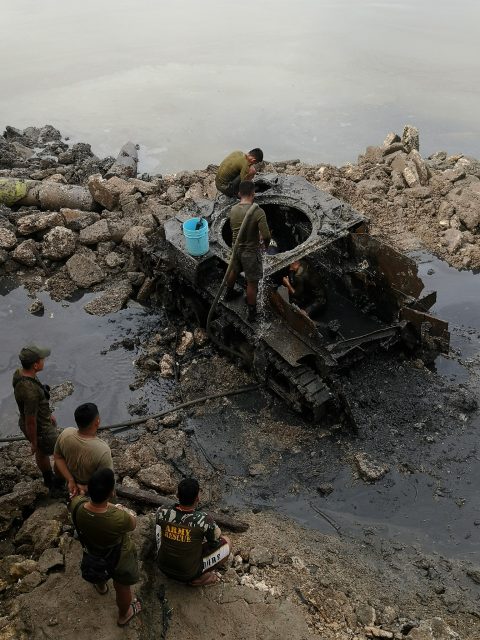
They made for the island of Cebu where they landed at Talisay Beach, about 4 miles southwest of their destination Cebu City. Cebu city was heavily fortified by the Japanese.
While landing, the Americans had met no resistance but suffered significant casualties to mines and other booby traps.
It was the first time that the Americans had come up against such fortifications in the Philippines.
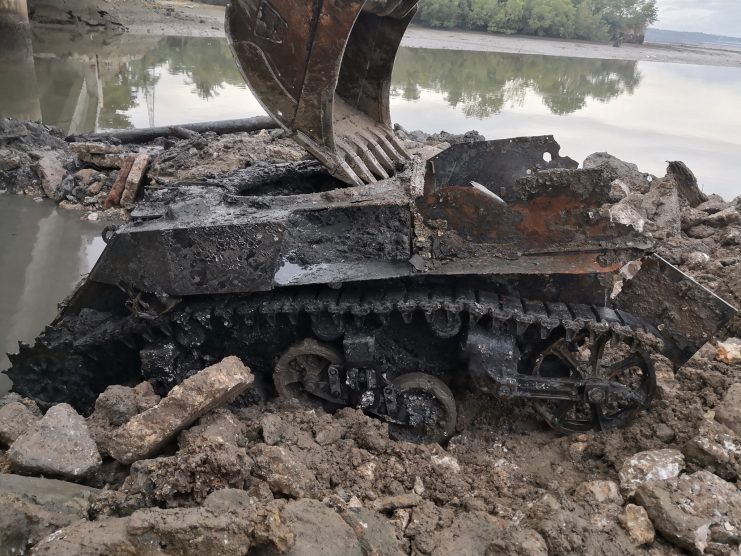
Early in the morning, the Cebu guerrillas guided the American troops up the Mananga River and along South Road at Pardo to commence the liberation of Cebu city.
Twenty-three days later, Cebu City was declared free of Japanese troops. Still, the situation in Northern Cebu was not so good.
There had been an influx of Japanese troops, survivors from the Battle of Leyte, several months earlier that swelled the number of Japanese soldiers from the usual 2,000 to close to 20,000.
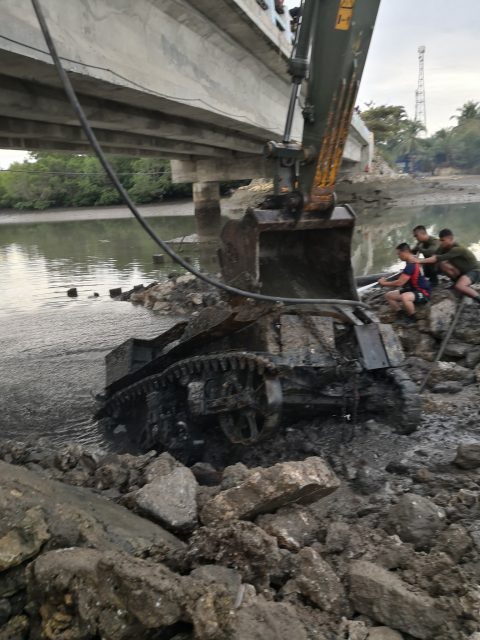
This prolonged the battle considerably, and eventually, around 10,000 Japanese troops surrendered starting on the 28th August 1945.
As the Americans harassed the Japanese, many small towns in the north suffered as they were caught between the opposing factions. One of the tanks that the Americal soldiers were using was the Stuart M5A1 Light Tank, that is the subject of this story.
Local legend says that the tank was destroyed while crossing a wooden bridge over the Dagusungan River. As the tank reached the bridge it was hit by a mortar round dropped by a Japanese bomber.
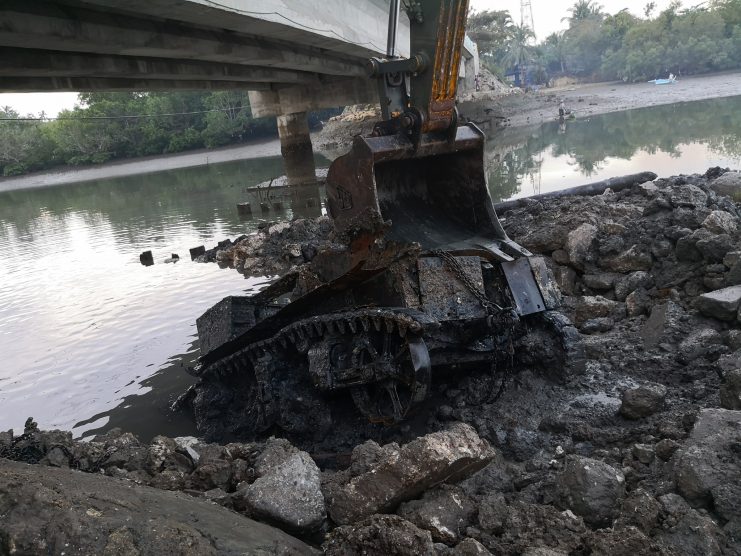
The resulting explosion destroyed the bridge and tipped the tank onto its nose and into the muddy waters of the river delta.
The tank lay in the same position as the muddy waters of the delta ebbed and flowed around it.
Barnacles and other marine life took hold, and the fish claimed it as their home. Fishermen knew of the tank’s existence and regularly went in and out to catch the pugapo fish, considered a delicacy.
It seemed that no-one else took any notice of this WWII relic lying in the water until in the 1980s, and a team from Bomedco, the Bogo-Medellin Sugar Milling Company, tried to extract it from the mud.
This attempt was unsuccessful and gave rise to local people speaking of “mga gili ingon nato” or the river’s spirits that did not want the tank removed from the delta.
All that the Bomedco group managed to remove was the tank’s turret. It was placed in a small circular park in the Bomedco compound.
This latest attempt was much more successful, and the tank slowly rose from the muddy waters that had entombed it for 75 years.
This was accomplished by a team from the Engineering Battalion of the Armed Forces of the Philippines alongside experts from the office of the Mayor of Medellin.
Now that there are two pieces of the tank out of the water, and a plan will have to be made to reunite them so the entire article can be put on display.
Sadly, the tank has not been spared the ravages of scavengers.
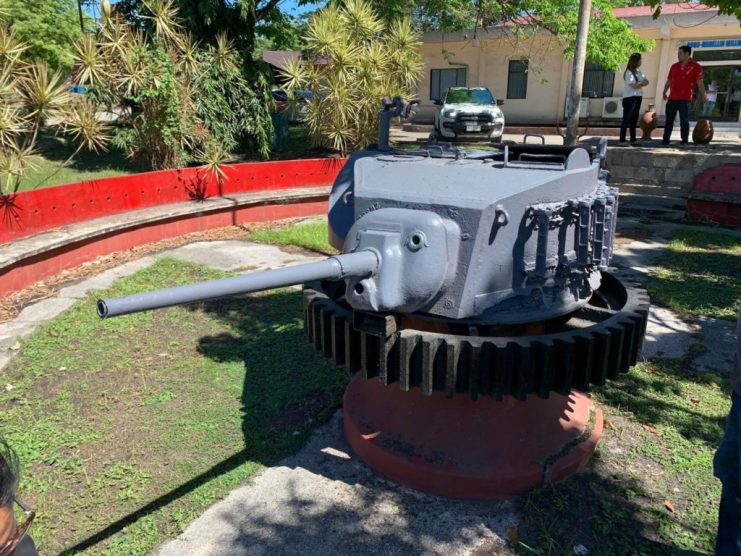
Following the failed extraction attempt of the 1980s, scavengers had attacked the rear of the tank with blowtorches and removed sections of the rear plates. They had even cut out an inch-thick steel plate along the right-hand side of the tank.
Also missing is the Cadillac engine that originally powered the tank. When this was removed is unknown.
The tank now needs to be conserved and all the missing pieces put back.
The Spellbinding Wheatcroft Collection, an Update
Tsar Nicholas II’s Last Shipment of Drink Recovered From the Sea Bed
The tank can then be put on display, hopefully with a small memorial giving information on the difficulties faced by the peoples of Northern Cebu and for all the men that fought to free the city of Medellin in Northern Cebu.
